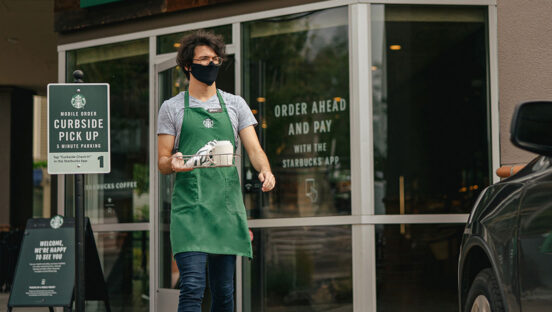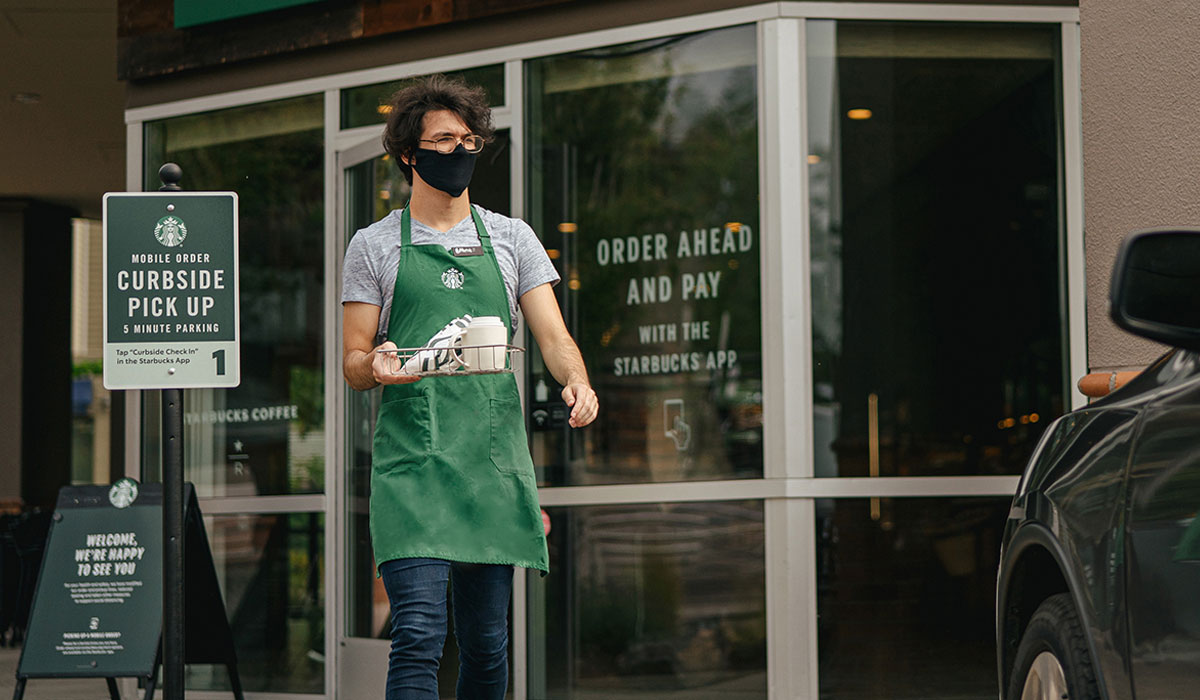Starbucks announced Tuesday that its strengthening equity and inclusion efforts, including a commitment to increase its annual spend with diverse suppliers to $1.5 billion by 2030.
In 2021, the coffee giant spent almost $800 million with diverse suppliers, meaning the 2030 goal would be an 87.5 percent increase.
“As a 14-year partner, I’ve prided myself in living Starbucks Mission and Values with a clear approach: real inclusion requires intent,” Dennis Brockman, chief inclusion and diversity officer, said in a letter to employees. “When we do that, we have the power to reframe and normalize diversity. Actions that nurture and embrace our exquisite cultural intricacies provide proof that we are committed to real change, not an award-winning performance.”
In addition to that financial objective, Starbucks is partnering with Arizona State to launch a free, open-source toolkit to teach diverse-owned entrepreneurs how to run a successful business and also rolling out a Leadership Accelerator Program for minorities focused on “empowering partner capacity for self-promotion, advocacy and career navigation while increasing diverse representation in the leadership pipeline at Starbucks.”
And to reach a more diverse audience, the restaurant will commit 15 percent of its advertising budget to minority-owned and targeted media companies.
The initiatives build upon years of investment, most recently including the $100 million Starbucks Community Resilience Fund focused on supporting small businesses and development projects in BIPOC (Black, Indigenous, People of Color) communities. After announcing the program in January 2021, Starbucks plans to issue the first round of $21 million to seven communities. Also, The Starbucks Foundation is using $5 million to help nonprofits serving youth in BIPOC communities.
In October 2020, Starbucks began tying inclusivity and diversity to executive compensation, and created an Inclusion and Diversity Executive Council to ensure objectives toward diversity are carried out appropriately.
“These commitments are in addition to the actions we’ve already taken on the realization of our vision to create an inclusive Starbucks,” Brockman said. “We all have a role to contribute and its with that purpose in mind that we continue to invest in these areas for all partners. Learning comes by doing, and that’s what we are committed to.”
Each year, Starbucks publishes data on the makeup of its workforce through October 2021 as it strives for BIPOC representation of at least 30 percent in all U.S. corporate levels and at least 40 percent in all retail and manufacturing roles by 2025.
For corporate roles, about 19.5 percent of senior vice presidents and higher were BIPOC. Additionally, 30.7 percent of vice presidents, 28.7 percent of directors, and 30 percent of managers were BIPOC.
At the retail level, 20 percent of regional vice presidents were BIPOC, followed by 30.3 percent of regional directors, 31.6 percent of district managers, 32.6 percent of store managers, and 50.4 percent of baristas. At the manufacturing level, 12.5 percent of directors and 23.7 percent of managers were BIPOC.
In the U.S. overall, 51.8 percent of employees were white, 28.5 percent were Hispanic, 7.7 percent were Black, 5.9 percent were Asian, 4.9 percent were multiracial, 0.6 percent were American Indian or Alaskan Native, and 0.5 percent were Native Hawaiian or Other Pacific Islander.











